Mike: Over the last few years I’ve started to wonder whether the Old Republic’s model of governance, even prior to the rampant corruption on display in the prequel trilogy, was doomed to fail just by dint of the scale of the Galaxy Far, Far Away and the idiosyncrasies of its countless worlds. On Friday I presented my case here, and in response I was pleased to hear a wide variety of other takes on the matter both here and on social media. Two of my fellow Eleven-ThirtyEight staff writers in particular, Nick Adams, and Jay Shah, had some very thoughtful, yet strong, disagreements with my conclusions.
While I suppose we’re going to have to agree to disagree, I felt that the conversation that ensued in the original piece’s comments section was worthy of a spotlight of its own—never let it be said that I don’t encourage a diversity of opinion here at ETE. As such, that conversation has been lightly edited and expanded and is “reprinted” below for your enjoyment.
Nick: Galactic history has already proven that when governance is weak evil rises. Without some central authority and military, what prevents powerful worlds from exploiting weaker ones? In your model, how would the “shining city on a hill” and Rey’s young school of Jedi stop Kuat from building a large navy to impose its will on its neighbors? Or stop the Corporate Sector from establishing control of trade in the Outer Rim?
If the answer is hoping that Chandrila will speak out, Mon Cala will build a navy to counter it, and Ryloth will send pilots, that’s a tad naïve. The galaxy has proven it can rally a few times, but is that really to be counted on? “Every village sending a warrior” isn’t a strategy, its a Pollyanna-like wish. We see this very risk in the sequel trilogy. If the “good worlds” don’t show up, do we just hope things will get better?
Read More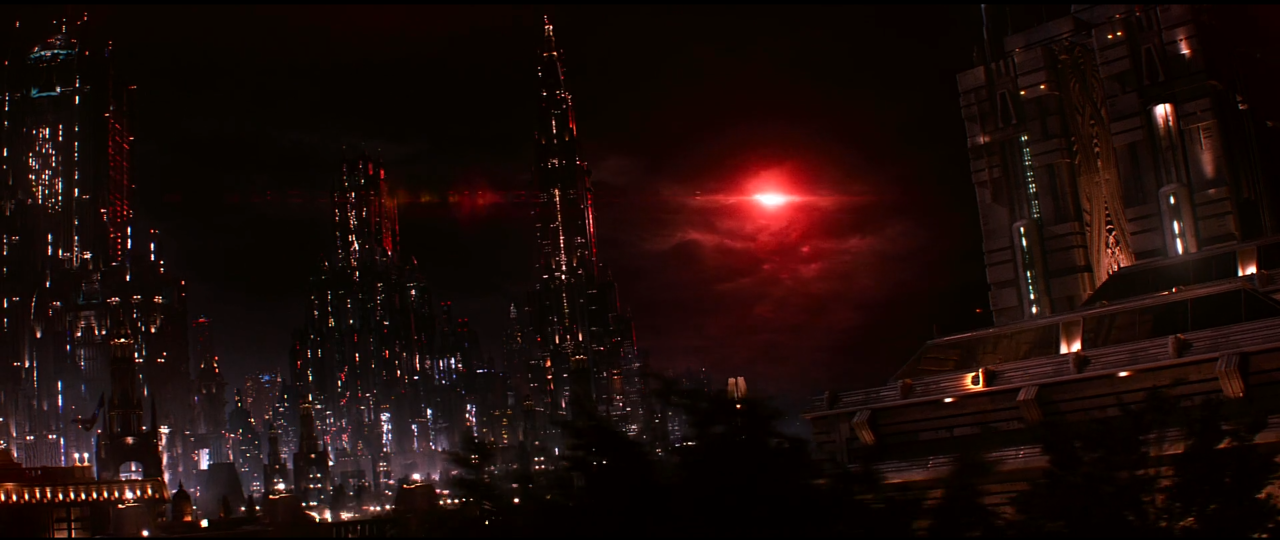
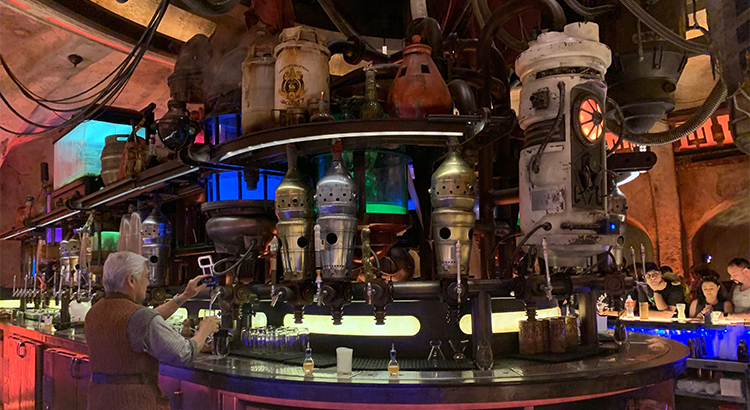
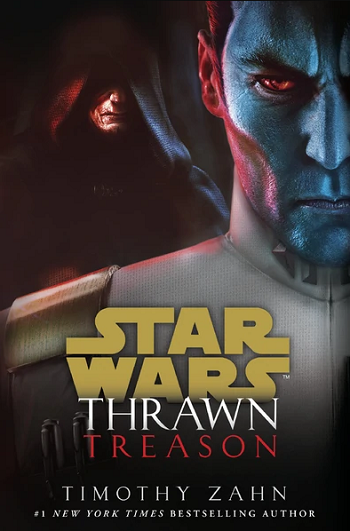
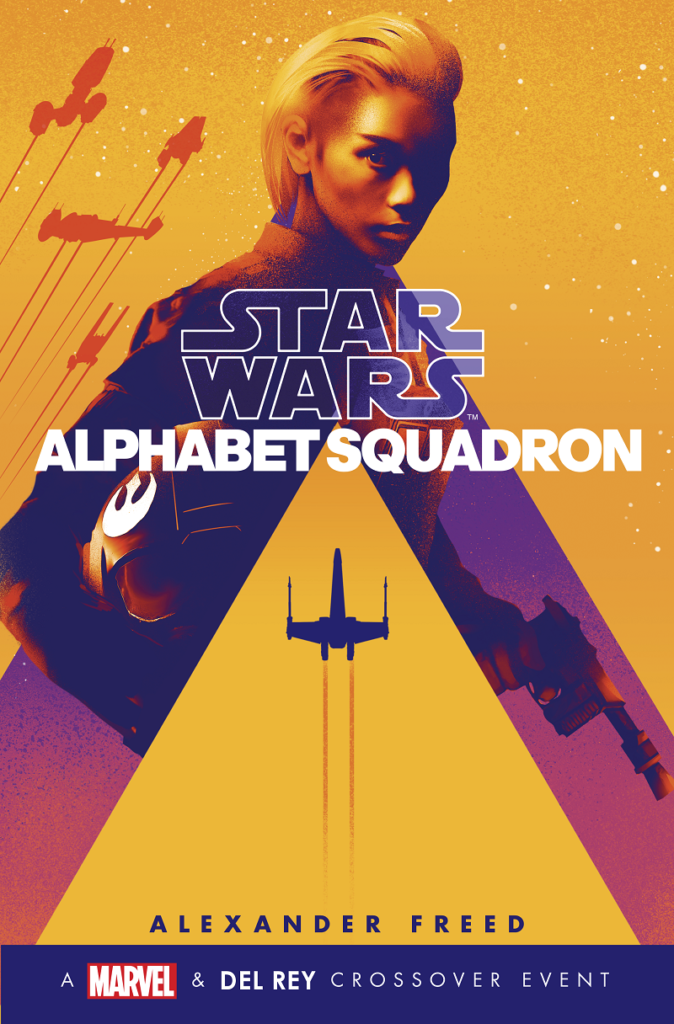
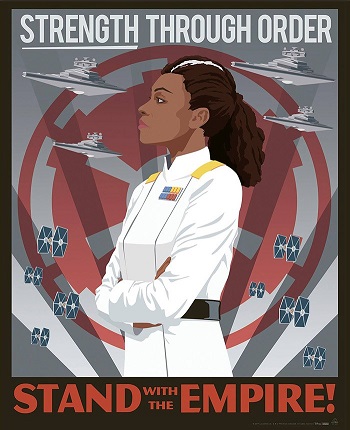 13. Admiral Sloane Orders the Retreat, “The Levers of Power” (Jay Shah)
13. Admiral Sloane Orders the Retreat, “The Levers of Power” (Jay Shah)